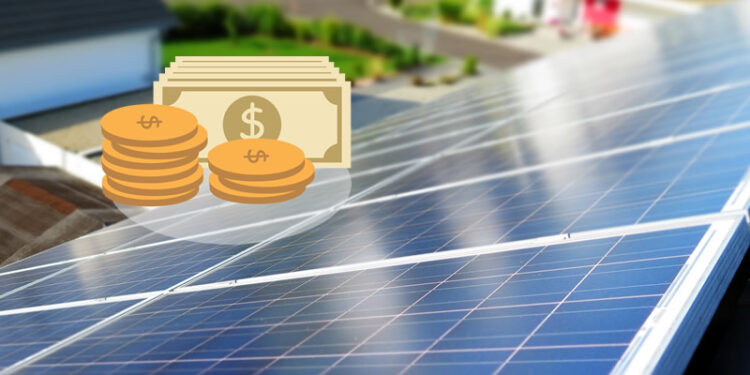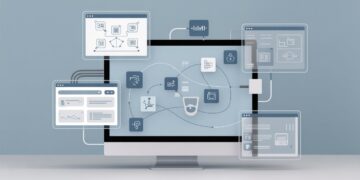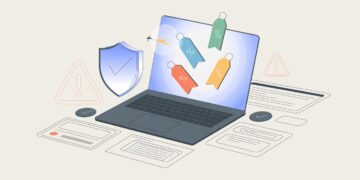Solar energy is a great way to save money on your electric bills. The savings can be substantial if you have high electricity rates and are in a sunny area.
Whether you buy solar panels with cash or finance them, they will help reduce your monthly electric bill charges over time. However, how much you will save depends on several factors.
Solar Energy
Solar power helps you save money in several ways. One of the most obvious is reducing your dependency on electricity from the utility company, saving you from ever-rising energy costs. Another way to save is through solar tax credits and incentives.
Depending on your state, the cost of electricity will heavily influence the savings you can achieve from solar energy. Additionally, the amount you pay upfront for your solar panel system will also impact your savings, whether you purchase it outright or through a PPA or lease.
The savings you can get from going solar are significant, especially when you factor in the lifetime of your system. For example, if you spend $25,000 upfront on your solar panels and the last 25 years, you’ll save around $83 per month from the electricity they generate for your home. This adds up over time and is an excellent way to reduce energy bills and carbon footprint. The best part is that you’ll protect the environment and ensure a cleaner, more sustainable future for generations.
Solar Panels
Solar panels from professionals like EMT Solar can produce electricity daily and send it to your utility company during peak hours, reducing your dependence on polluting fossil fuels. With grid-tied systems, you can sell excess energy back to your utility under net metering.
To calculate your potential savings, determine your average monthly electricity consumption in kilowatt-hours (kWh). Then find your state’s current electricity cost per kWh using the U.S. Energy Information Administration’s database. This will give you a baseline to compare against your potential savings from solar.
A solar system’s cells convert the sun’s energy into direct (D.C.) electricity, but most homes and businesses use alternating current (A.C.). A solar inverter changes D.C. electricity into usable A.C. electricity, and there are two main types of solar inverters: string inverters and micro inverters.
To maximize your solar power savings, ensure your panels receive sufficient sunlight each day. Keep them clean and free of debris and ice, and remove any trees or other objects that could cast shadows on your panels.
Solar Panel Efficiency
Solar panel efficiency has been steadily improving over the years. The latest technologies can offer impressive performance for a very reasonable price. The efficiency of your system can be further improved by ensuring that it is kept clean, as unclean panels have a lower ability to capture sunlight.
It is also essential to ensure that your solar panels are located in an area with full sunshine, unobstructed from nearby trees or buildings. Shade can significantly reduce solar power production and may require additional panels. In addition, utilizing a time-of-use electricity plan can help reduce peak-hour usage and increase your savings.
Finally, research local and state incentives and rebates before going solar. These programs can significantly decrease your upfront costs and shorten your solar payback period, maximizing your energy savings over the lifetime of your system. Aside from reducing your electricity bills, solar energy reduces your carbon footprint and helps you become less dependent on the grid. The average American family can save about $2,200 annually on electricity by going solar.
Solar Panel Materials
A solar panel’s energy-generating potential depends on the sun your area receives. Solar panels in warm, sunny states can meet most or all of a home’s electricity needs. If you live in a cloudier region, you may want to consider investing in an energy storage system.
Solar panels are made of semiconductor material called photovoltaic cells, which convert sunlight into electricity. They are usually connected in series to achieve a specific voltage and in parallel to provide a desired current capability (amperes). Blocking diodes can be included within the module or externally to deal with partial array shading, which would limit output.
The solar industry has developed various ways for homeowners to save money when going solar, such as net metering and time-of-use electricity plans. The net metering option allows you to give excess energy back to the grid, which can lower your electricity bill in the future, and the time-of-use plan allows you to take advantage of lower rates for running appliances like air conditioning during off-peak hours.
Net Metering
When your solar panels produce more energy than you need, the electric grid serves as a virtual battery that banks excess electricity in the form of credits for future use. This is known as net metering. It allows homeowners with grid-tied systems to have their electricity bills reduced.
The average electricity rate in your state is key to understanding how much you can save with solar. You can find this information on your utility bill or using a tool like the U.S. Energy Information Administration’s database.
Depending on the average rate in your area, you can reduce your electricity rates even more by switching to a time-of-use plan and running appliances during off-peak hours. Many local, federal, and state incentives also exist for solar power. They can knock thousands off the initial investment and help lower electricity costs. These include the federal solar tax credit, solar renewable energy credits (SRECs), and rebate programs.

















